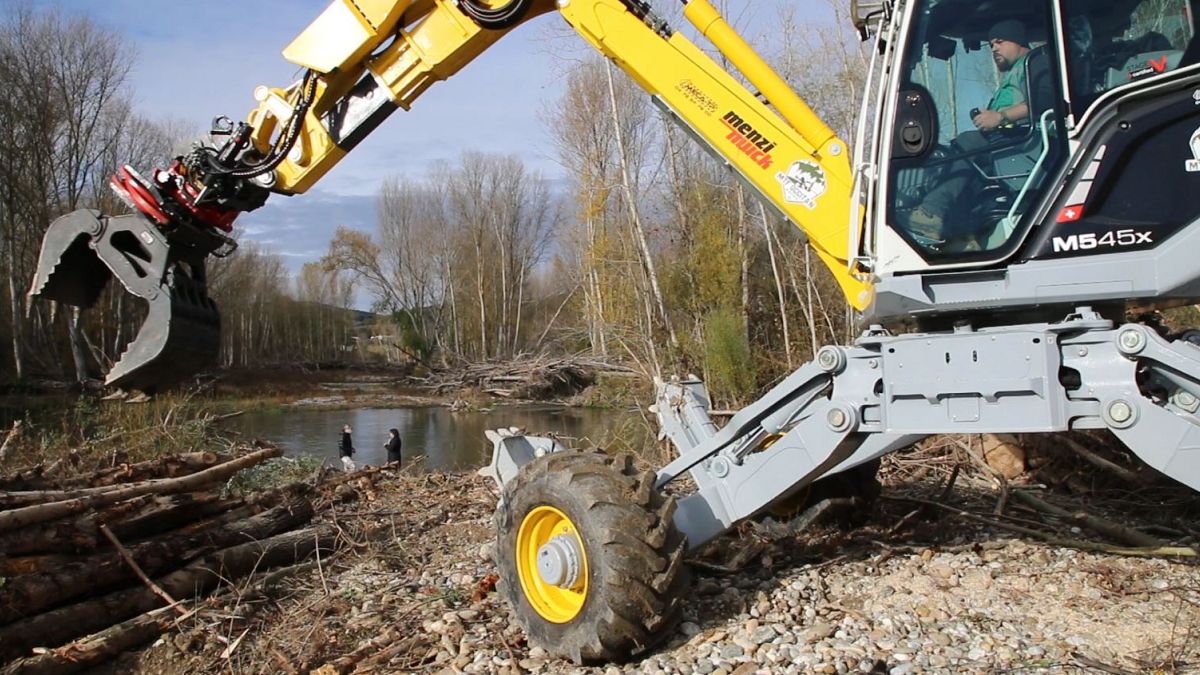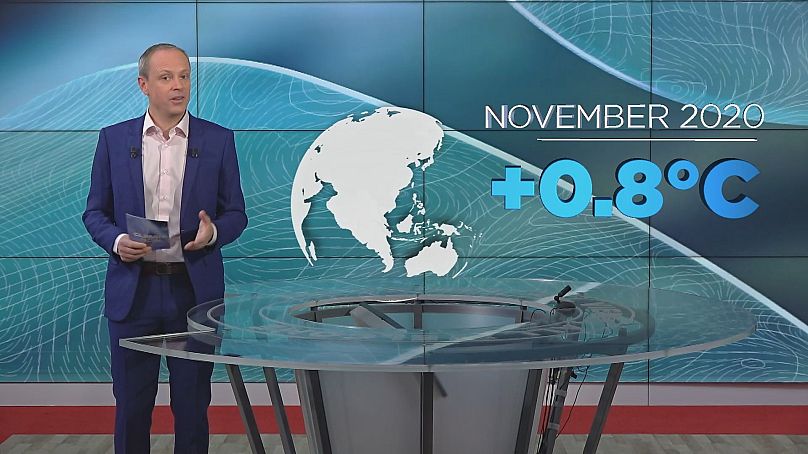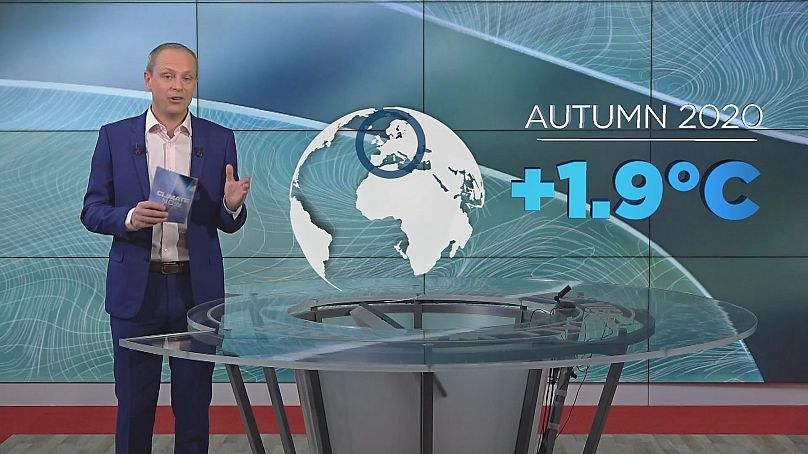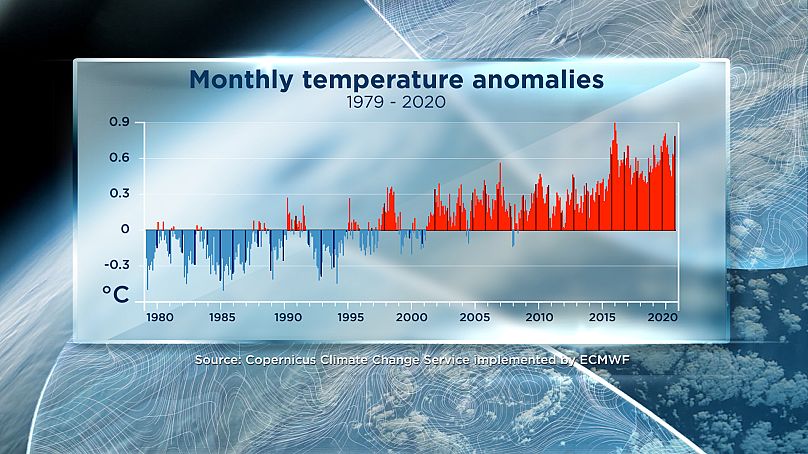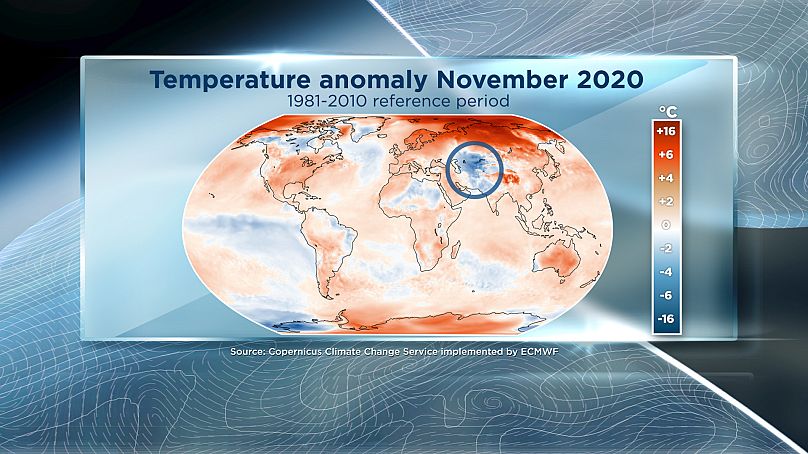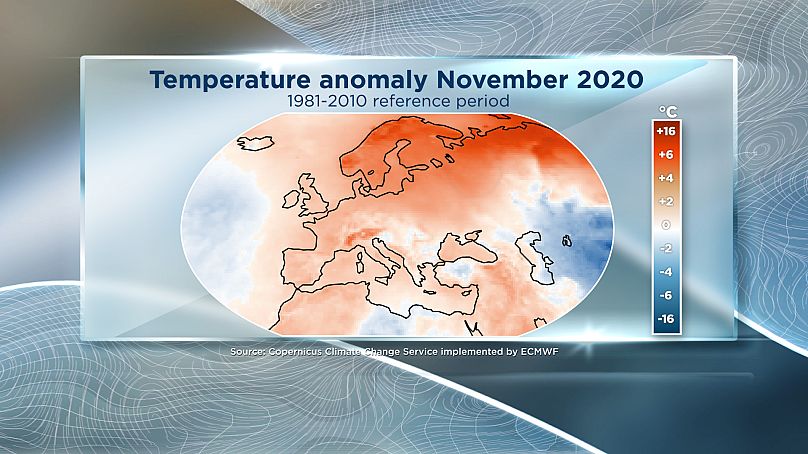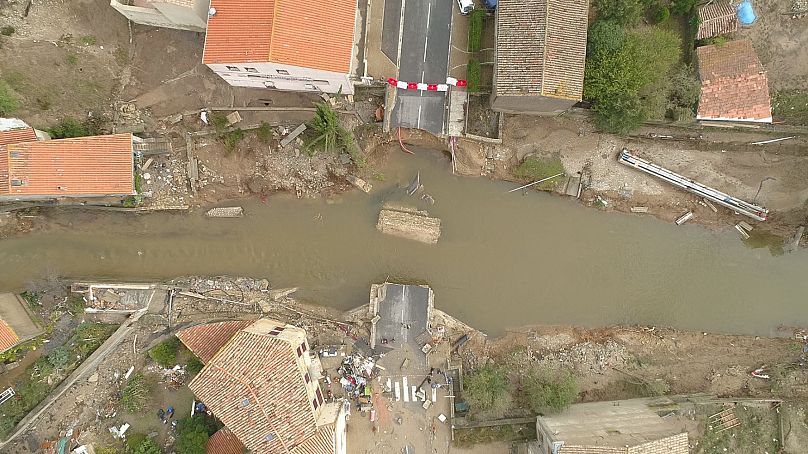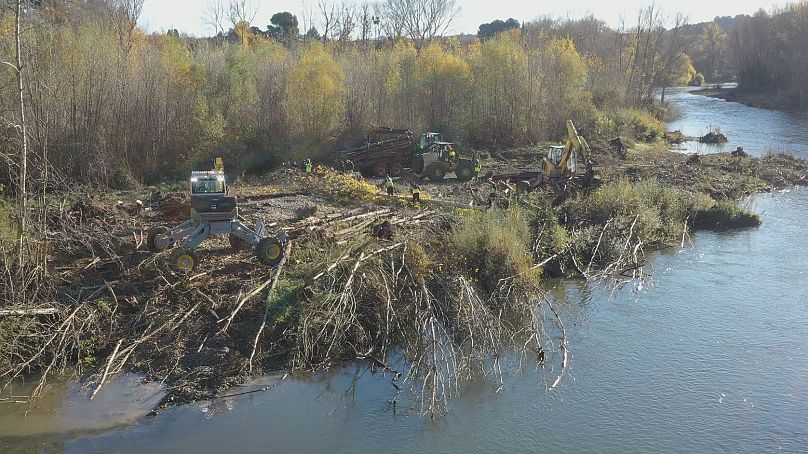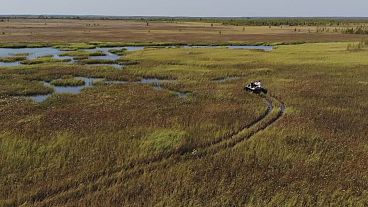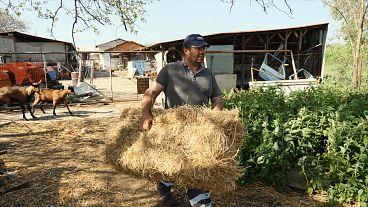The risk of intense storms in the south of France is rising due to climate change . Now local authorities, climate scientists and satellite experts are working on a new pro-active approach to help communities stay safe from deadly floods.
In this episode of Climate Now we see how climate scientists, satellite specialists and local authorities are working together in the south of France to clear log jams, identify trouble-spots, and keep communities safe from deadly storms.
Warmest November on record
Firstly, here is a roundup of the latest data from the Copernicus Climate Change Service, which reveals that November 2020 was another record-breaker for our planet.
It was the warmest November on record, with temperatures almost +0.8 degrees Celsius above the 1981-2010 average.
In Europe, the autumn period from September to November also set a new high, with temperatures +1.9 degrees Celsius above average.
Climate change is all about long-term trends, and on this graph below we can see monthly temperature anomalies since 1979, showing how the November 2020 anomaly is part of an overall warming.
It was the warmest ever November in Australia, and there were reports of heatwaves in Malawi and Mozambique.
Then in central Asia it was a lot colder last month, with temperatures up to five degrees Celsius below average.
In Europe, it was much warmer in the Alps and Scandinavia. Norway had its joint warmest November on record, and Stockholm, Sweden recorded a new record high of 15.1 degrees.
A fresh approach to limit the effects of flooding
As the planet warms, the risk of more intense and frequent storms is rising in some parts of the world. A new project in France is bringing together a unique combination of climate scientists, satellite imaging specialists and local authorities to develop a pro-active approach to limit the effects of flooding and keep communities safe when the waters rise.
The impetus behind the initiative, known as FLAude, was a catastrophic flood in the Aude department of France in 2018, which left 15 people dead and many buildings, roads and bridges badly damaged. The local department of environmental management, DDTM11, contacted the French space agency CNES to see how satellite images could be used to assess the damage.
Their initial collaboration then sparked the idea of taking a more forward-thinking approach to limiting the impact of flooding by concentrating on potential troublespots and danger areas.
"We tried to see how with the new tools, satellite images, the tools we have today like artificial intelligence, how we could become pro-active, and try to work more ahead of time," explains Nathalie Clarenc, Deputy Director of Environmental Management at the Department of l'Aude.
The FLAude project is all about finding real-world solutions to make the Aude area safer in the case of flooding, and attracted support from the Space Climate Observatory initiative, which seeks to show how satellite imaging and space tools can have practical applications. The EU's Copernicus Earth observation programme also joined the team, aiming to assess how C3S data and Copernicus Emergency Management data could be used in concrete cases like flooding.
One of the big focus areas for the project is log jams left behind by storms. Piles of fallen trees and branches can take months or even years to clear. For instance, when we filmed in early November 2020 a team was still moving fallen trees from the banks of the Aude brought down in the 2018 storm.
The logs are a problem because if another big rain storm hits, they could be moved downstream and smash into bridges, buildings, and homes.
"The difficulty is that the fact that the flooding happens more and more often means the banks of the rivers and streams don't have the time to recover. So automatically the more storm events we have the more erosion we'll have, and the more damage we'll have, if we do nothing, if we don't become pro-active," says Clarenc.
Spotting log jams and damaged vines from space
CNES specialists in the project developed an artificial intelligence algorithm to identify log jams in remote rural areas on the basis of high-resolution satellite images, and they have done the same to identify damaged vines.
The images can also be used to identify where dangerous run-off has increased because hedgerows have been removed. The goal is to build a suite of practical tools for local authorities and environmental services to help in decision-making.
"There's the flooding aspect, with the detection of the impacts of the flood, for example, the log jams and damaged vines. But also we're looking to the future, to see what to do. And in this project we're looking at five big floods, extreme events, starting from 1999, and by looking at the satellite images to see what happened we can draw lessons for the future," says Gwendoline Blanchet, SCO FLAude Project Manager at the French space agency.
Drawing the link between climate change and flooding
Rainstorms and heavy downpours have always been a weather phenomenon in the Aude area and the Occitanie region of France. However, climate experts in the project from French weather service Météo France have been able to draw a direct link between a rise in intensity and frequency of storms and a warmer planet. It's not that more rain falls over the course of a year, but that the rain which does fall comes down in very sudden and extreme bursts.
Jean-Michel Soubeyroux, Deputy Director of Climatology at Météo France explains why it's happening: "With a warmer atmosphere and notably a warmer Mediterranean, the storms that develop over the Mediterranean have a lot more water vapour in them because of the temperature, and they can release larger amounts of water during these intense storm events."
Being able to prove the link between the storms and climate change in this region of France is already a significant achievement in terms of computing capability, according to Soubeyroux.
However, he stresses that the flood problem is not only a question of a warmer planet. Establishing exactly how different factors are coming into play in extreme weather events is one of the most intriguing challenges of the project.
"The difficulty when dealing with the issue of climate change in relation to the risks of flooding is to manage to separate what relates to climate, purely, and what relates to land use planning," he says.
"So the increased risk floods today in the Mediterranean region is not only the work of the climate, it is also the way in which people have developed the territory. The risk of intense rain is increasing, but on the other hand we must try to reduce the vulnerability of the territory and reflect on the way in which the territory is managed so that it will ultimately be more resilient to these precipitations which are becoming more intense."
The FLAude project is currently operating on a regional scale, while the ultimate goal is to apply the same approach to other communities at risk from flooding all around Europe.

